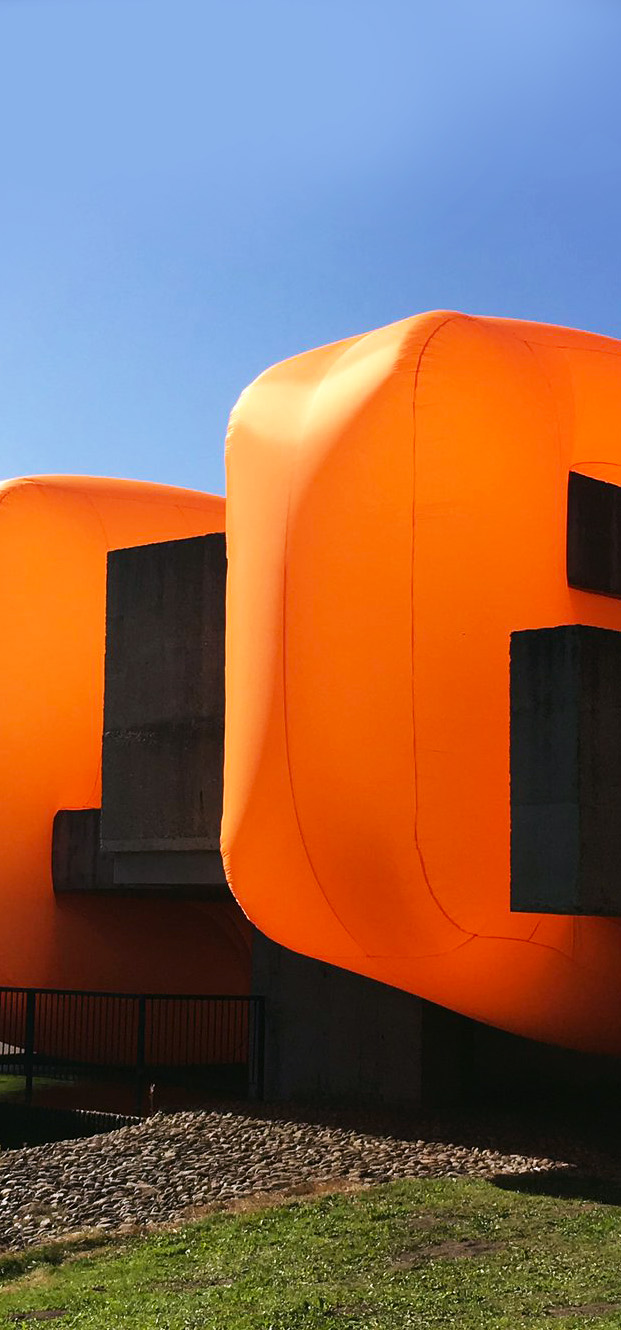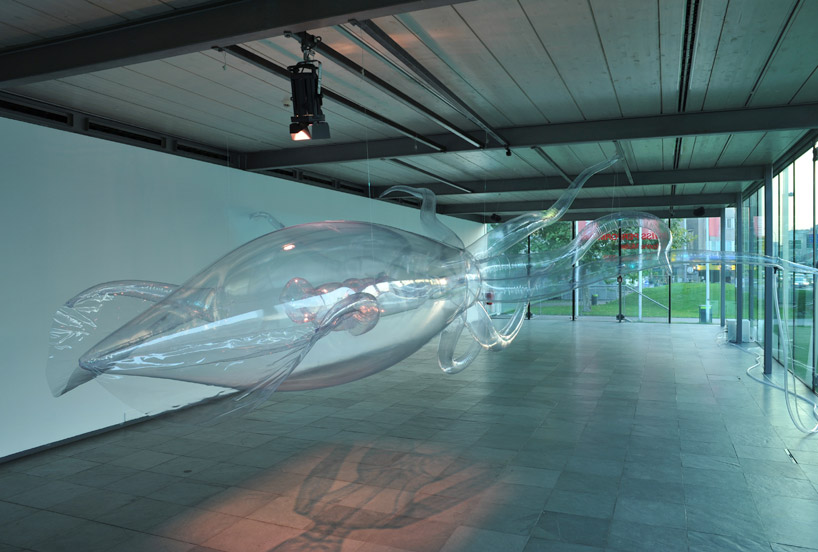
SASHA FROLOVA
САША ФРОЛОВА
AQUAAEROBIKA
Aquaaerobika is a project synthesizing art-performance and electronic music. Electro-pop, 8bit, disco-house music and futuristic inflatable costumes from latex are mixed in a vivid spectacular pop-art show. Dancers in avant-garde Bauhaus-style costumes with huge inflatable decorations and objects look rather like a live sculptures and turn the whole show in one moving sculpture. Aquaaerobika’s author is Moscow based artist – Sasha Frolova.













